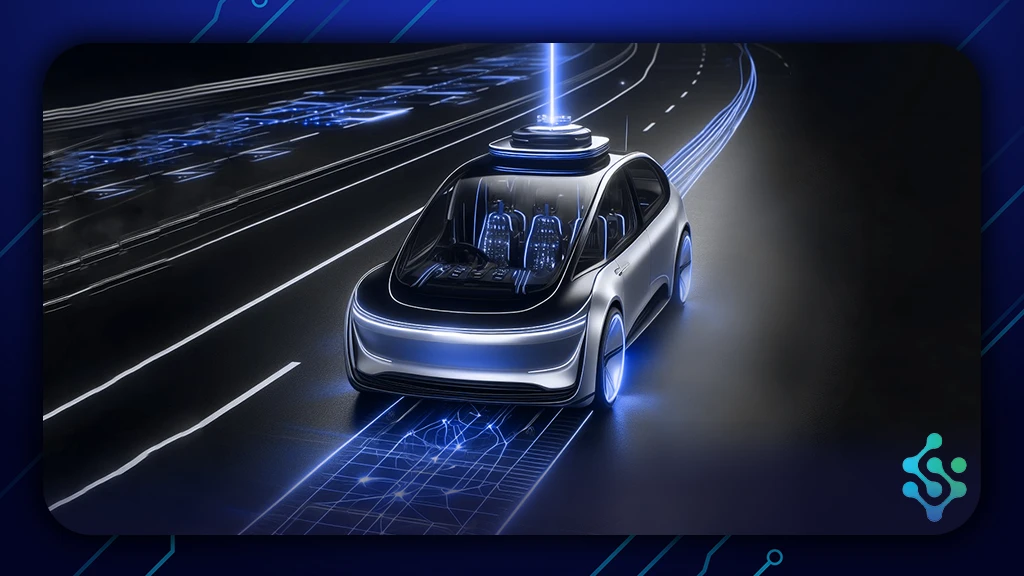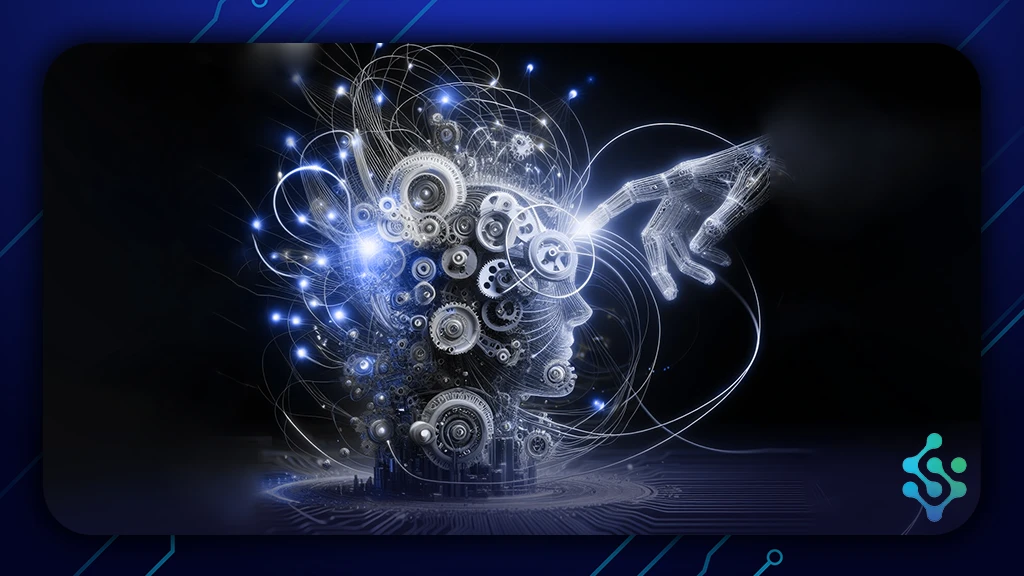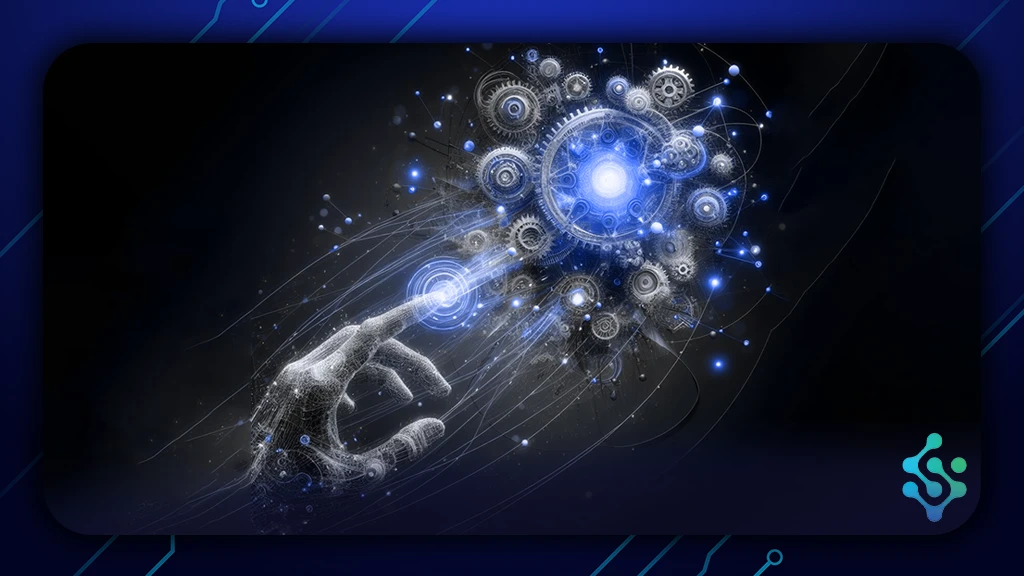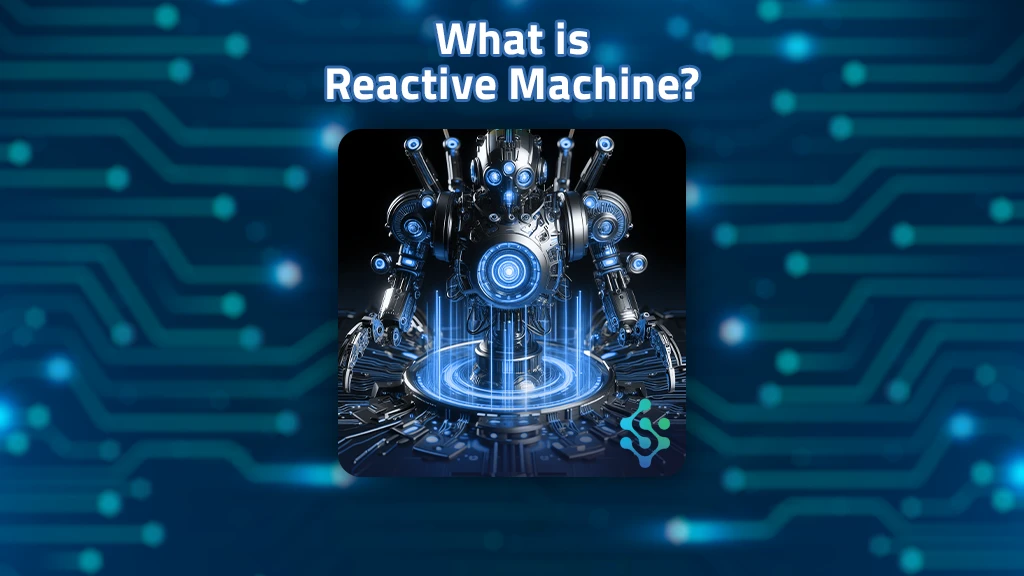In the ever-evolving landscape of artificial intelligence, Reactive Machines stand out as fundamental players, embodying a distinct approach to problem-solving and interaction. But what exactly are Reactive Machines, and how do they shape the AI ecosystem? Let’s delve into the heart of Reactive Machines and uncover their defining characteristics, real-world examples, and their relevance in the broader context of AI.
What is the Characteristic of Reactive Machines?
Reactive Machines, at their core, operate based on predefined rules and patterns, responding to immediate inputs without the need for internal memory or past experiences. Unlike traditional AI systems that rely on learning algorithms and memory recall, Reactive Machines excel in real-time decision-making within specific domains. Their hallmark characteristic lies in their ability to react swiftly and effectively to environmental stimuli, making them ideal for tasks requiring rapid responses and precise actions. By focusing solely on the present context, Reactive Machines streamline computational processes, offering simplicity and efficiency in their functionality.

What Are Examples of Reactive Machines?
Reactive Machines are AI systems that react to immediate inputs from the environment without relying on internal states or memory. Here are some illustrative examples showcasing the practical applications of Reactive Machines:
Autonomous Vehicles: Autonomous vehicles utilize Reactive AI algorithms to perceive their surroundings in real-time and make immediate decisions to navigate roads safely. These vehicles rely on sensor data to detect obstacles, interpret traffic signals, and adjust their course of action dynamically.
Industrial Robots: In manufacturing environments, industrial robots equipped with Reactive AI perform precise and repetitive tasks without the need for explicit programming or extensive training. These robots react to changes in their surroundings, adjusting their movements and actions to optimize efficiency and productivity.
Gaming AI: Reactive AI is often employed in gaming environments to simulate responsive and adaptive behaviors in virtual characters or opponents. Gaming AI reacts to player actions and environmental stimuli, dynamically adjusting game mechanics, difficulty levels, and NPC behaviors to enhance the player’s experience.
Smart Home Devices: Smart home devices like thermostats, lighting systems, and security cameras utilize Reactive AI to respond to user commands and environmental conditions in real-time. These devices adjust settings, activate or deactivate functions, and provide feedback based on immediate inputs without requiring stored data or historical context.
Traffic Management Systems: Traffic management systems leverage Reactive AI to monitor and control traffic flow, optimize signal timings, and respond to changing congestion patterns. These systems react to real-time traffic conditions, adjusting signal phasing and prioritizing traffic to alleviate congestion and improve traffic efficiency.
Health Monitoring Devices: Wearable health monitoring devices equipped with Reactive AI analyze physiological data in real-time to provide immediate feedback and alerts. These devices react to changes in vital signs, activity levels, and other health metrics, alerting users or healthcare providers to potential issues or abnormalities.
Personalized Advertisements: Online advertising platforms utilize Reactive AI algorithms to deliver personalized advertisements based on user interactions and browsing behavior. These algorithms react to user preferences and engagement metrics, dynamically adjusting ad targeting and content to maximize relevance and effectiveness.

Is ChatGPT a Reactive AI?
In the realm of conversational AI, a common question arises: Is ChatGPT a Reactive AI? The answer lies in understanding ChatGPT’s underlying architecture. While ChatGPT demonstrates impressive conversational abilities, it operates on a blend of reactive and learning-based approaches. In its essence, ChatGPT leverages vast datasets and machine learning techniques to generate responses based on contextual understanding and language patterns. However, unlike traditional AI models with memory, ChatGPT primarily reacts to the immediate input context, lacking the long-term memory characteristic of more advanced AI systems. Thus, while ChatGPT exhibits reactive elements in its conversational interactions, it also incorporates learning mechanisms for enhanced responsiveness and coherence.
ChatGPT operates as a Recurrent Neural Network (RNN) model, which means it can retain information from previous steps in a conversation to some extent. This limited memory allows it to generate responses that are influenced by the context of the conversation up to a certain point. However, it’s important to note that this memory is typically short-term and doesn’t extend beyond the immediate context of the conversation.
So, while ChatGPT does have a form of memory, it’s not as extensive or sophisticated as the memory capabilities found in models specifically designed for tasks like long-term dialogue or personal assistant applications. Instead, it strikes a balance between Reactive Machines behavior and Limited Memory, allowing for more natural and coherent conversations within the constraints of its architecture.

Reactive AI and Reactive Machines
In conclusion, Reactive Machines represent a foundational aspect of artificial intelligence, offering simplicity, efficiency, and real-time responsiveness in their operations. Through their characteristic traits and real-world applications, Reactive Machines play a crucial role in driving innovation and addressing specialized challenges across diverse domains, from autonomous vehicles to industrial automation. Understanding the essence of Reactive Machines provides valuable insights into the broader AI landscape, highlighting the diversity and adaptability of AI technologies in meeting evolving needs and expectations.
The future of Reactive AI holds promise for specific applications where real-time responsiveness and adaptability are paramount. With ongoing advancements in machine learning algorithms and computing power, Reactive AI systems will likely become more sophisticated, enabling them to handle increasingly complex tasks with greater efficiency and accuracy. These systems will continue to find utility in scenarios such as autonomous driving, industrial automation, and real-time decision-making, where quick responses to changing environments are crucial. However, as AI technologies evolve, there may be a gradual shift towards more hybrid approaches that integrate reactive capabilities with elements of memory and learning, enabling AI systems to exhibit more nuanced and context-aware behaviors, leading to further improvements in performance and versatility.


No comment